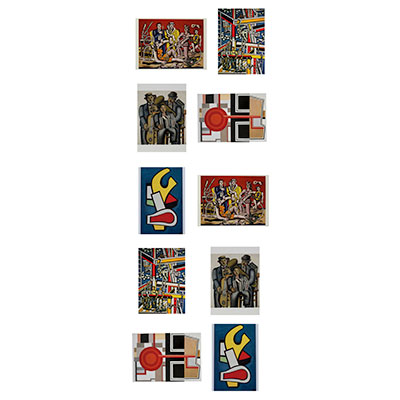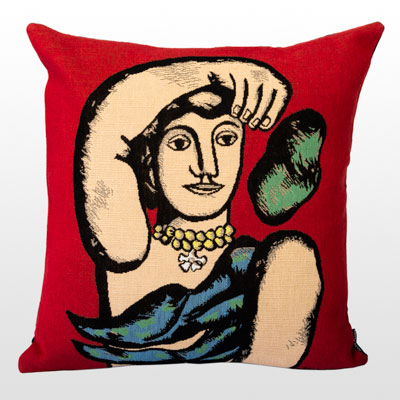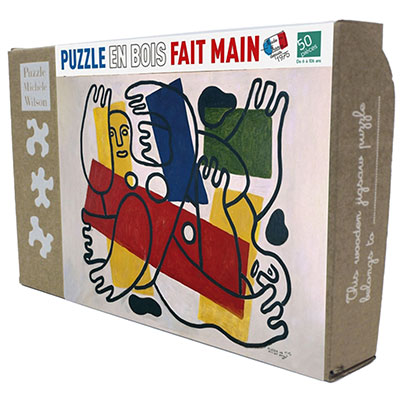Tel : (+33) 4 94 63 18 08
9am - 6pm from Monday to Saturday
Fernand Léger
Fernand Léger (1881-1955) was a French painter, sculptor, and filmmaker, who was one of the pioneers of 20th-century modern art. Born in Argentan, Normandy, Léger spent his childhood in Vendôme before moving to Paris to study art.
He began his artistic training at the École des Arts Décoratifs in Paris in 1897, then studied at the Académie Julian in 1903. He also worked in the studio of architect Auguste Perret, where he was exposed to the philosophy of modern art and discovered the importance of functionality and technology in artistic creation.
Throughout his artistic career, Léger developed a unique style that combined abstract forms and vibrant colors with an accurate representation of modern and industrial life. He was fascinated by technology and mechanization, and often depicted machines and industrial objects in his works. His work was also influenced by African art, which he discovered during a visit to the Trocadéro museum in 1907.
Léger was one of the founding members of the Cubist movement, which revolutionized modern art by rejecting the traditional representation of perspective and using geometric shapes to represent objects. Over time, he developed his own Cubist style, which combined geometric forms with bright colors and organic shapes.
During World War I, Léger was mobilized and served in the French army. He was wounded in 1916 and hospitalized for several months. This experience had a profound influence on his art, leading him to take a greater interest in social and political themes. In 1935, he was appointed professor at the Académie de la Grande Chaumière in Paris, where he taught until the end of his life. Fernand Léger died in 1955 in Gif-sur-Yvette, France.
Year of birth : 1881
Year of death :
0955
Nationality : France
Pictorial movement : Abstract, cubism
Famous works : Les constructeurs (1952), La grande parade (1954)



